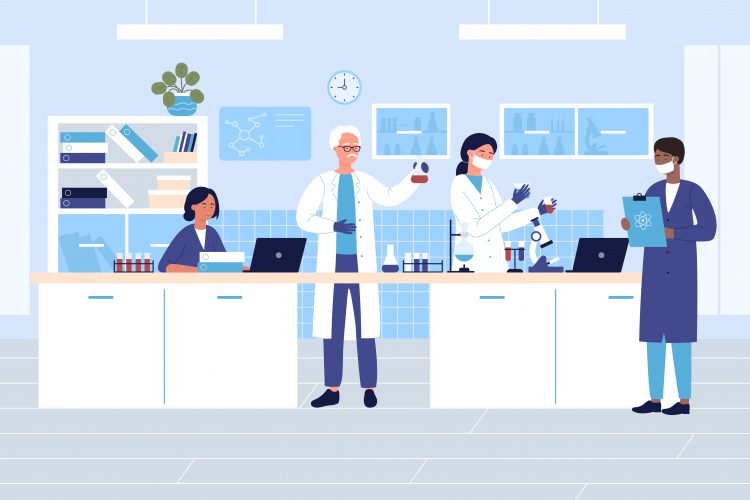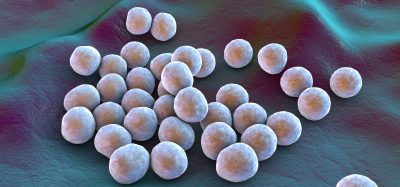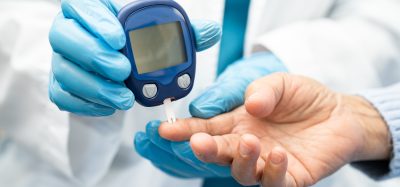Researchers develop open access database on macrolactones
Posted: 22 April 2020 | Victoria Rees (Drug Target Review) | No comments yet
A group of researchers has created a free library of 14,000 known macrolactones for other scientists to use in drug development.


Researchers have created a free-to-use database of 14,000 known macrolactones – large molecules used in drug development – which contains information about the molecular characteristics, chemical diversity and biological activities of this structural class.
The database, called MacrolactoneDB, was compiled and released by scientists at North Carolina (NC) State University, US, and Collaborations Pharmaceuticals.
Macrolactones are molecules with at least 12 atoms composing their ring-like structure. Among many useful characteristics, macrolactones’ ability to bind to difficult protein targets makes them suitable for antiviral, antibiotic, antifungal and antiparasitic drugs, say the researchers. However, their size and complicated structure make them difficult to synthesise.
“Macrolactones are titanic molecules – their size presents challenges to researchers who may want to work with them,” said Sean Ekins, Chief Executive Officer of Collaborations Pharmaceuticals, member of NC State’s Comparative Medicine Institute and corresponding author of the research. “We wanted to address that issue by creating a publicly available database of these molecules and their properties.”
NC State graduate student and first author of the paper Phyo Phyo Zin mined 13 public databases for 14,000 known macrolactones, compiling them into MacrolactoneDB. Only 20 percent of the macrolactone compounds she curated had biological data associated with them.
The researchers conducted cheminformatics analyses of the macrolactones’ molecular properties and developed 91 descriptors to better characterise the molecules. They then looked at three targets of interest for some of the macrolactones – specifically malaria, hepatitis C and T cells – and used machine-learning techniques to understand the structure-activity relationship between the macrolactones and these targets.
“We know that macrolactone drugs are effective, but there’s a lot we don’t know about what makes a good one,” said NC State Associate Professor of Chemistry Gavin Williams. “That’s why we set out to do this research. We found that it is possible to utilise machine learning with these molecules – improving our analysis and description of macrolactones will improve prediction models going forward.”
“Anyone interested in these molecules or in drug development utilising macrolactones now has a user-friendly database where everything is accessible and in one location,” Ekins said. “Researchers can ask questions about what makes a particular macrolactone molecule well-suited for a particular biological application. Hopefully MacrolactoneDB will help us to understand this diverse class of molecules and move forward in creating new ones.”
Related topics
Disease Research, Drug Development, Informatics, Molecular Targets, Research & Development, Target Molecule
Related conditions
Hepatitis C, Malaria
Related organisations
Collaborations Pharmaceuticals, North Carolina (NC) State University
Related people
Associate Professor of Chemistry Gavin Williams, Phyo Phyo Zin, Sean Ekins








